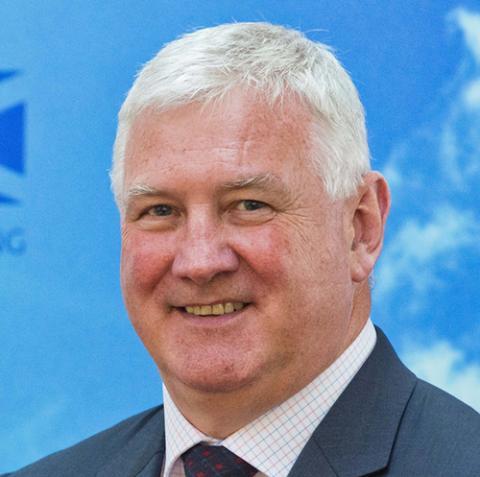
by TOM HALPIN
Chief executive of community justice organisation Sacro and the Institute of Directors’ Third Sector Director Of The Year
COME together, John Lennon sang in the 1969 Beatles’ classic.
“Come together, right now,” ran the chorus, after verses which Lennon breezily admitted were gobbledygook.
Well, almost 50 years later, in Scotland’s third sector, the need to come together, to work together, right now, could not be clearer.
Unfortunately, however, our response so far has been every bit as confused and confusing as Lennon’s lyric.
In an increasingly busy sector, with more charities than ever competing for funding and support, one person’s collaboration may be another’s liberty-taking.
And, it is now clear, simply telling charities they should work together is not enough. They must be persuaded, and need to be convinced.
Calls for cooperation and collaboration can often be well-intended and only meant to underline the need to pool and share limited resources.
Sometimes though, the motives behind these calls for increasing partnership can seem questionable and self-serving.
To be clear, partnership already happens in the third sector every day and it is built on trust, respect and experience.
The personal relationship built between a care worker and a housing officer, for example, can help create innovative solutions for people needing help. Yes, it is partnership, but also part and parcel of their everyday work.
Today, in Scotland’s third sector, where charities are in constant motion, bidding for contracts that often run for only a few years, we hear a lot about co-design and co-production. This is the suggestion, or sometimes, the demand, that contracts must be shared to help enlist the different strengths of different organisations and it runs like a seam through more and more of the tender documents.
For charities, being asked to offer up specialist knowledge and ideas to win a contract can often feel like selling the family silver, giving away years of priceless experience to other organisations, who would be foolish not to adopt best practice and ways of working better than their own.
Offering to share that innovation and skill can sometimes seem a foolhardy, short-term bargain when so many contracts are seemingly awarded on price alone.
Working together can undoubtedly help charities deliver solutions and innovative services but, the real opportunity is not one-off tactical partnership for specific contracts, but strategic union between charities.
We know from experience that true collaborations, where power and influence is shared along with skill, commitment and expertise, has the potential to deliver innovative services to Scotland’s most vulnerable people.
Shine Women’s Mentoring Service is just one example where the public sector worked with eight third sector partners to find new ways of supporting women leaving prison when they are most vulnerable, most likely to return to chaotic lives of addiction and crime.
Working with partnership managers from the public sector, third sector mentors from Sacro and our partners, have quickly established a support network across Scotland.
The success of their work is, most powerfully, seen in the personal testimonies of the women they have helped find a foothold in stability.
The real value in Shine, and services like it, is that staff across different organisations work with a shared structure and ethos and begin to understand how working in partnership is simply more productive and more powerful, than going it alone.
The stronger the relationship, the greater the trust, the better the services.
Our staff will, of course, continue to work together across organisations, forging personal relationships and partnerships at the grassroots, but that is not enough. The leaders of their organisations, across public, private and third sectors, must understand and accept the need to collaborate.
They must understand that working more closely together and even, if appropriate, merging, is not only the sensible thing to do, it is the right thing to do. It is right for their organisations, right for their staff, and right for the people they help.
Today, I try to persuade and influence other organisations of the benefits of partnership through argument and evidence.
However, what all of us working in the third sector must do, is remember our own organisations and relationships are not the most important things.
The most important thing is the people we help, those needing our services, those relying on us to work within our financial constraints while continuing to deliver the very best, most effective services.
Charities duplicating work and needlessly competing for contracts will, quite literally, not help anyone.
As John Lennon said, we must come together and right now is not soon enough.

Enjoy the convenience of having The Sunday Post delivered as a digital ePaper straight to your smartphone, tablet or computer.
Subscribe for only £5.49 a month and enjoy all the benefits of the printed paper as a digital replica.
Subscribe
